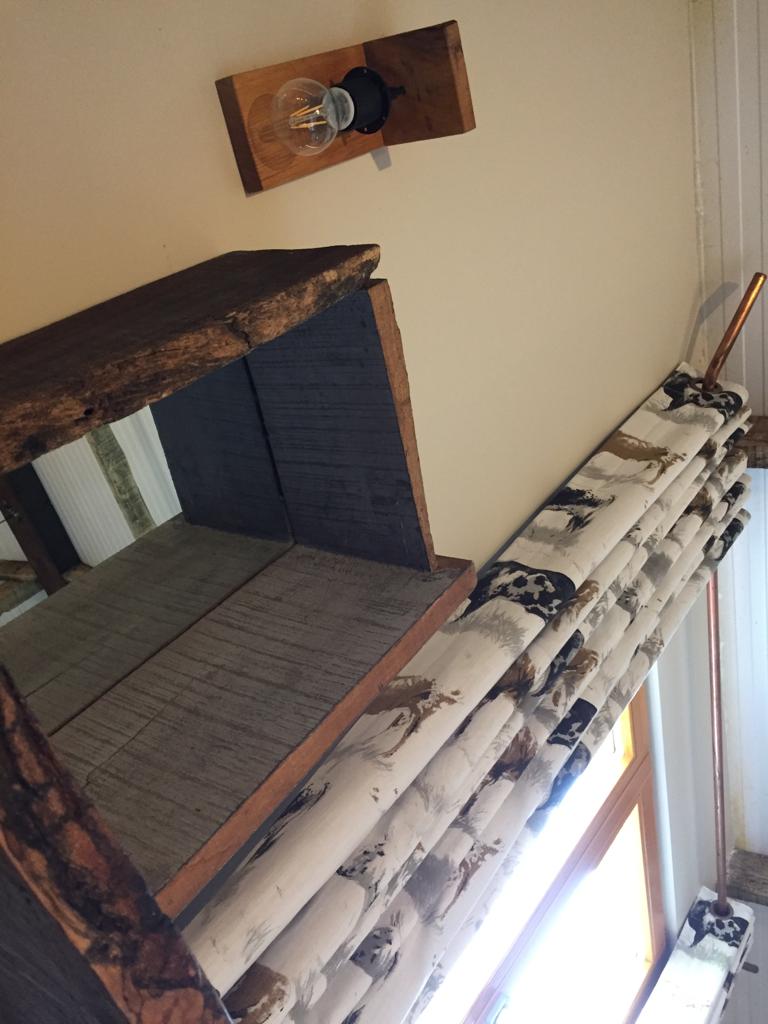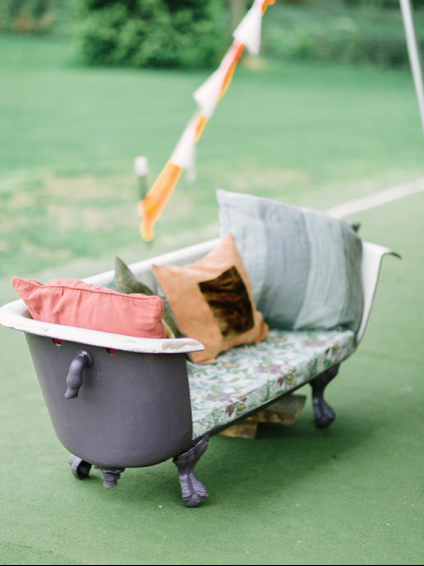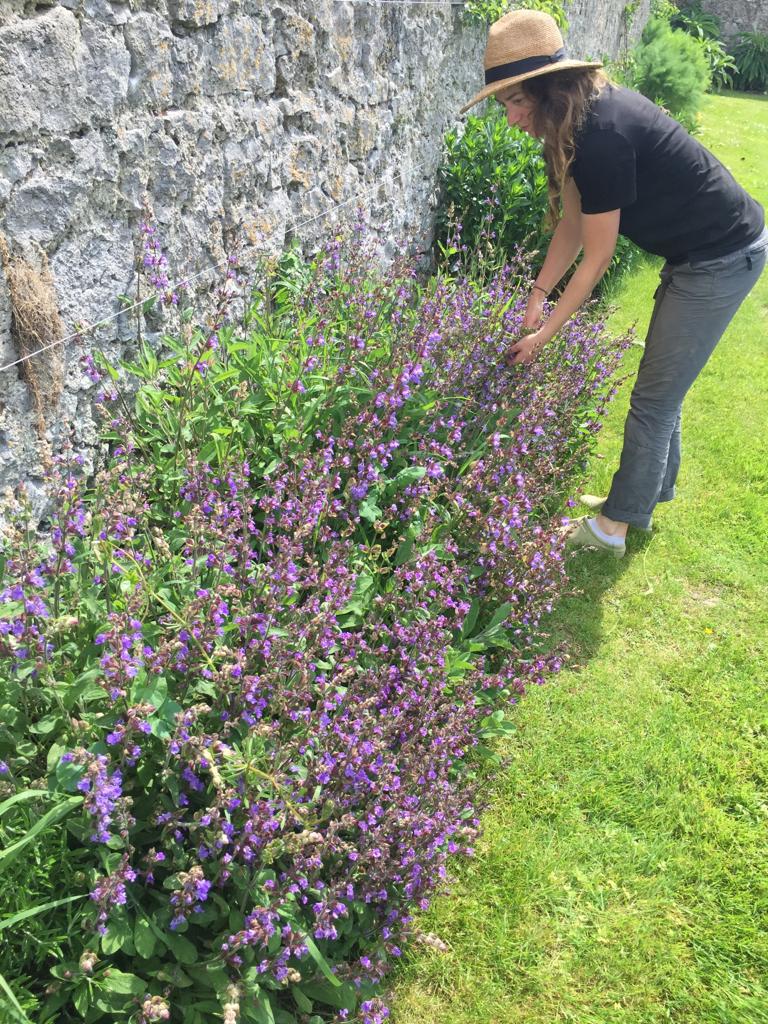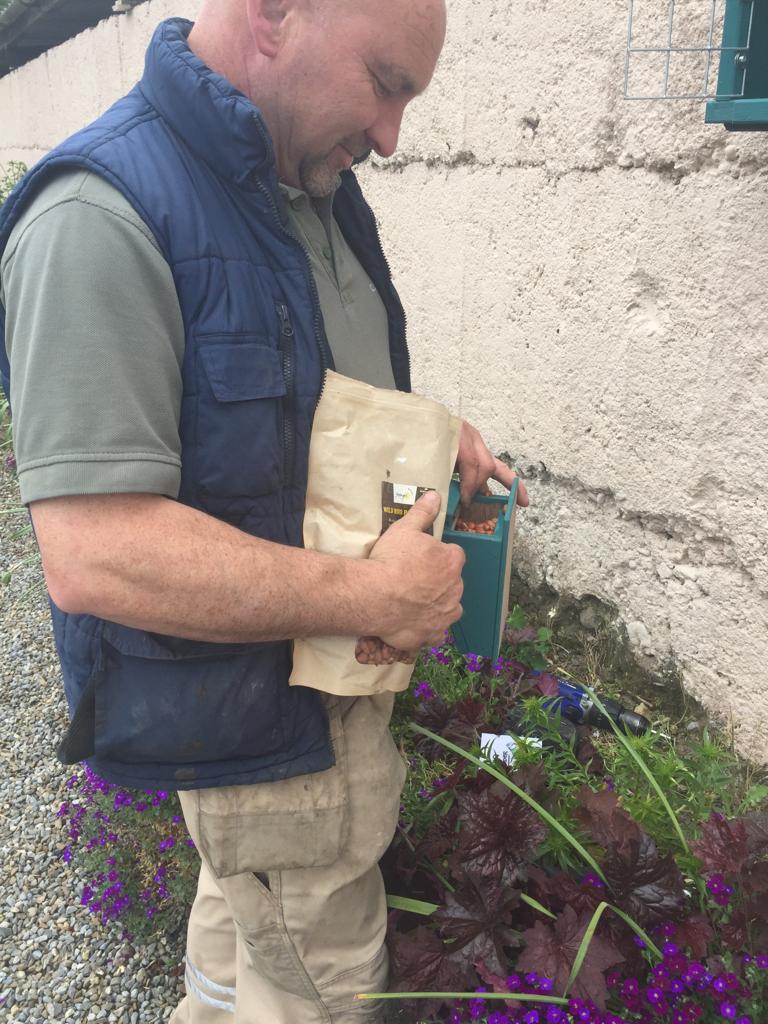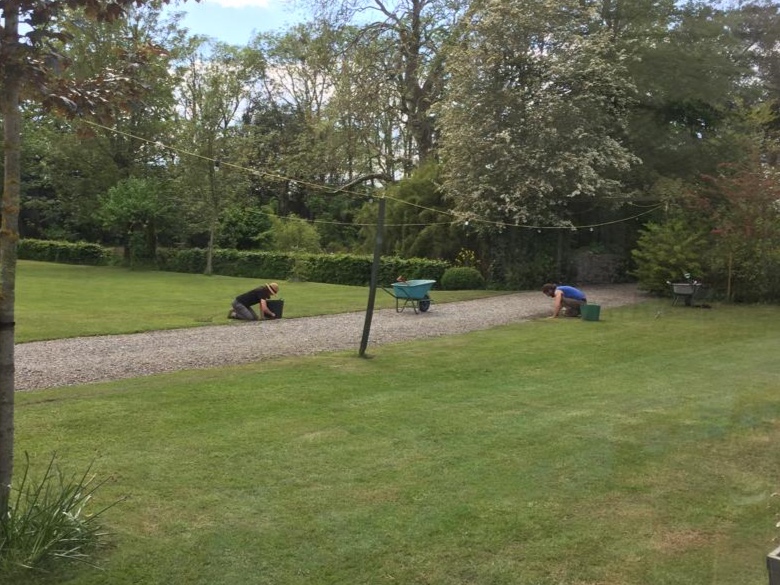How to Boost Your Eco Credentials and Go Green
A common topic of discussion around the coffee break table here at CJH is the issue of global warming and the increasingly harmful impact we are having on the environment.
I’m not sure a day goes by without David Attenborough being mentioned! Our team feel strongly about environmentalism in their own lives and luckily for us are always suggesting ideas on how the business can be more eco-friendly.
I did a quick whistle-stop tour around the grounds to see if our department heads had any helpful advice to share on how to integrate environmentalism into your life.
Housekeeping supervisor Carol likes to emulate Kim & Aggie daily and is a big endorser of using lemon juice, bicarbonate of soda and lots of elbow grease to clean the most stubborn of stains. A vinegar dilution is all you need to clean metal and glass. With a few changes to your cleaning routine you can reduce the amount of harmful chemicals you inhale and adding
Carol’s Top Tips: to remove wine stains; pour soda water over it and dab at it (don’t rub) until it lifts. Also, bicarbonate of soda is your best friend for removing smells from mattresses or carpets. Letting equal parts of bicarbonate of soda and vinegar sit in your drain for 20 minutes followed by boiling water is one effort and chemical-free way to unclog shower drains (may take 2 or 3 tries).
Facilities manager John loves to repurpose and recycle materials as much as possible. Anything that he has deconstructed can and must be used again in another project! Our cowshed accommodation furniture has a particularly low carbon footprint. We have used copper pipe for curtain rails, pallets as bed bases and wood from fallen trees in our forest were used to create headboards, counters and sinks.
John’s Top Tip: If you happen to have an angle grinder handy(!), it is not difficult to transform an old bath into a piece of quirky garden furniture!
Everything in nature is meant to be cyclical so it’s very satisfying to see the kitchen return the skins from our homegrown vegetables to the soil via our compost heap. Our garden is completely organic with the only weed-killer used being good ol’ hands and knees. It’s labour intensive but the far superior flavour and the peace of mind from avoiding ingesting harmful herbicides is well worth it (maybe our gardeners wouldn’t agree!).
Head gardener Emma is about to trial a homemade, eco-friendly weed killer in the coming weeks. Why not try out her recipe and let us know the results! All you need is a gallon of vinegar, a cup of salt and a tablespoon of washing up liquid. To apply, use a spray bottle where you can toggle the nozzle between a spray or a stream. Be careful with it though, its non-discriminatory, so it can’t tell the difference between a weed and a flower! Fair warning - nothing may grow in the soil around where you’ve sprayed either.
Being more eco-conscious doesn’t need to be difficult, often it’s easier than the standard way of doing things!




